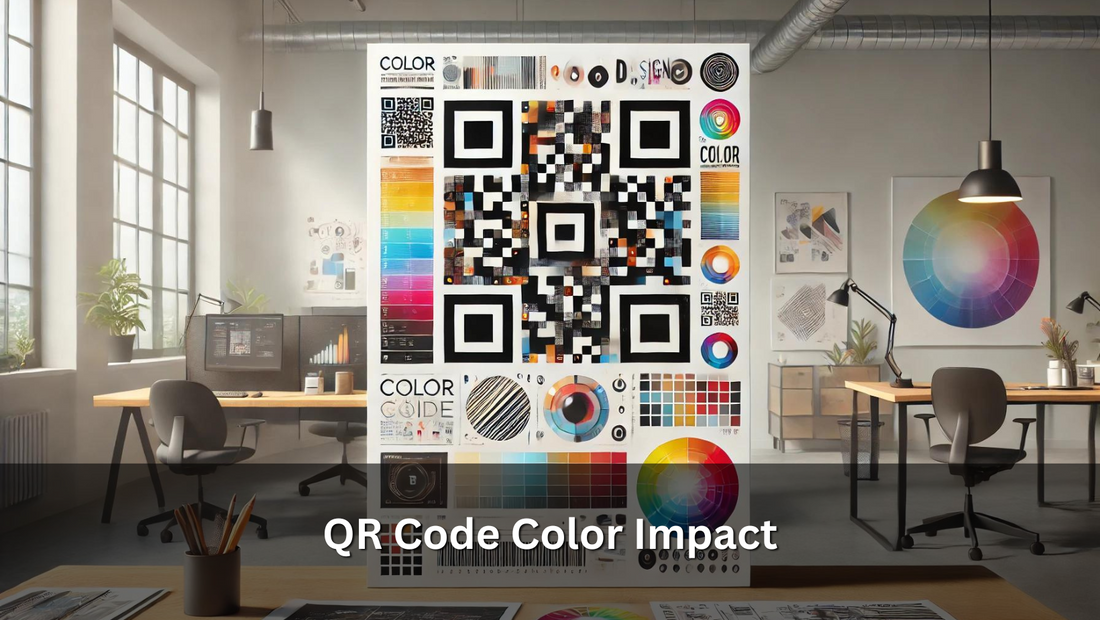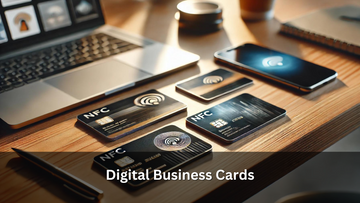QR Code Color Impact

Impact of Color on QR Code Scannability
Introduction
QR codes have become ubiquitous, serving as an efficient way to direct users to websites, download apps, or display information quickly. While traditionally black and white, QR codes are now often colored to align with branding and improve engagement. This article explores the impact of color on QR code scannability, providing insights and practical tips for optimal design.
Why Color Matters in QR Codes
Color in QR codes enhances visual appeal and brand recognition, making them more attractive and memorable to users. High contrast between the foreground and background is crucial for scannability, ensuring QR readers can accurately detect the code. Custom-colored QR codes can align with brand aesthetics, reinforcing brand identity and differentiating from competitors. Additionally, color can evoke emotions and associations, increasing engagement and user interaction with the code. However, it’s essential to avoid low contrast and reflective surfaces, which can hinder scannability.

Benefits of Colored QR Codes
Colored QR codes offer several advantages over traditional black-and-white ones. First, they significantly increase visibility and attractiveness, drawing more attention from users and enhancing scan rates. By incorporating brand colors, QR codes can strengthen brand recognition and recall, creating a cohesive marketing message across all materials. Additionally, the use of color allows for greater creative freedom in design, making QR codes more engaging and appealing. Colors can evoke specific emotions, helping to convey the desired message and enhance the overall user experience. Furthermore, colored QR codes can differentiate a brand from its competitors, positioning the brand as innovative and forward-thinking. However, it’s crucial to maintain high contrast between the foreground and background colors to ensure scannability. Properly designed colored QR codes not only improve aesthetics but also functionality, making them an effective tool in modern marketing.












